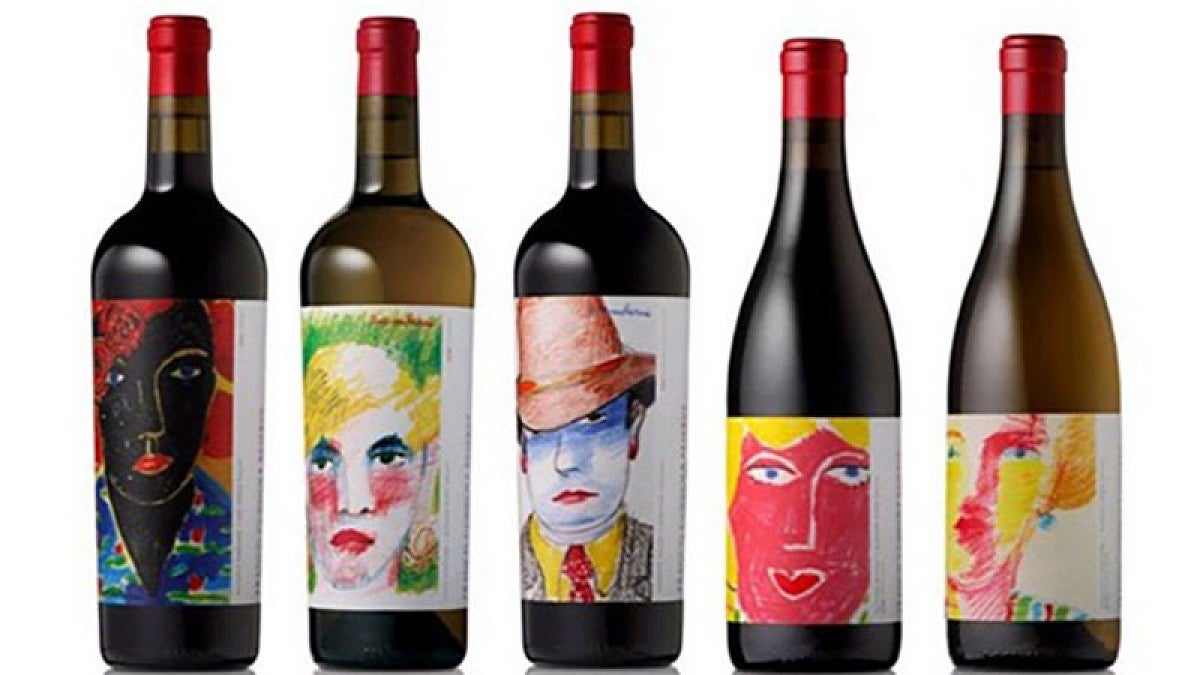UO professor Bettina Cornwell doesn’t really care for potato chips, but she found herself considering a bag while traveling alone in France and feeling a bit lonely. She was thinking about how much she missed her family when she reached for a bag that sported a smiling face on the package.
“‘Hold on, Bettina. You don’t even like chips,’ I told myself as I put the bag away,” recalled Cornwell, head of the Department of Marketing in UO’s Lundquist College of Business. “Then I asked myself: What was so compelling about that particular bag of chips? Why did I almost purchase something I actually dislike?”
A new collaborative study by Cornwell, Ulrich Orth, Jana Ohlhoff and Christiane Naber has the answer: When consumers are faced with loneliness, they are more likely to support brands when they see faces on the label. Their research actually shows that consumers favor brands that use faces in their imagery, but the effect is even greater when the consumer feels lonely.
“Visuals can fill a void for consumers experiencing a lack of social connection,” Cornwell said. “When people see faces in branding materials, their likeability for that brand goes up.”
This finding, published online this month in the European Journal of Social Psychology, is rooted in people’s fundamental need to belong and their desire to form and sustain relationships. When humans lack these social connections, they often attempt to fill the void in other ways, including through their purchasing habits.
“Previous research linked our need for social connection with consumer behavior and judgment, but very little was understood about the role that visuals play in social connection and brand likability,” Orth explained. “Our study builds on prior research by demonstrating that seeing a face in a brand visual increases a consumer’s liking of the brand, especially if they feel lonely.”
To be effective, the face on the label does not need to be as obvious as the one smiling back at Cornwell from the bag of potato chips in the hotel gift shop. Consumers often imagine humanlike characteristics in nonhuman visuals, a process also known as anthropomorphism. Orth explains that loneliness can enhance people’s tendency to exhibit this kind of “wishful seeing” and is most apparent in the case of faces.
“A lack of interpersonal relationships motivates people to actively search for sources of connection,” Cornwell said. “Individuals who are lonely are more likely to find faces in visuals because they so greatly desire this social connection.”
For one of their studies into the effect of faces on brand likability, Cornwell, who has an art background, created an original set of 18 drawings that included both nonface images and ones that clearly depicted human faces. They also developed fictitious brand names and slogans to accompany the mock advertisements. Participants were then asked to answer questions about the brand, the images, and themselves.
The results of the study indicated a significant effect on brand likability when respondents saw a face in the brand’s visuals. They also demonstrated a clear link between high rates of loneliness, the tendency to imagine a face in a nonface drawing and their likability of the brand.
The team of researchers then turned to wine bottles to dive deeper into their results from the first study. Forty-five different labels were ranked on a scale of 1 to 7 based on how clearly a face could be detected in the brand’s imagery. They also controlled for measures like familiarity and personal wine preference. The results of this study mirrored the ones from their first study: Consumers were more likely to favor brands that incorporated faces onto their labels.
Cornwell hopes these findings can be put to good use and not just leveraged to sell products like chips or tobacco to lonely consumers. She believes there are important public policy implications about consumer vulnerability and valuable lessons for organizations that are helping people, communities and society.
“Charities and nonprofits can extract important information from these findings that will help them serve their communities,” Cornwell said. “If they choose to use a face over another image, they will be more likely to connect with individuals and share their mission with others.”
—By Emily Halnon, University Communications


